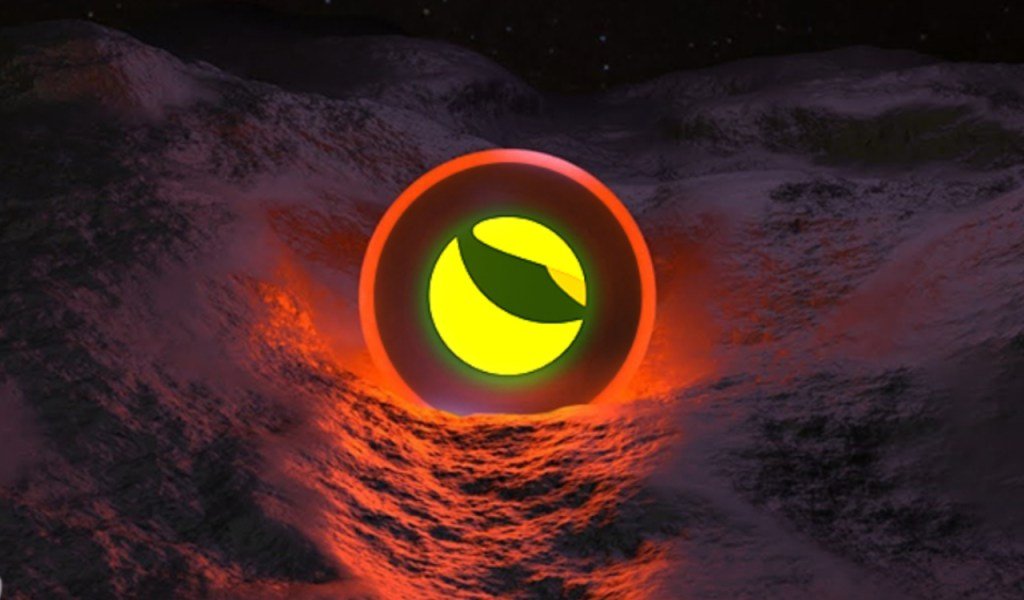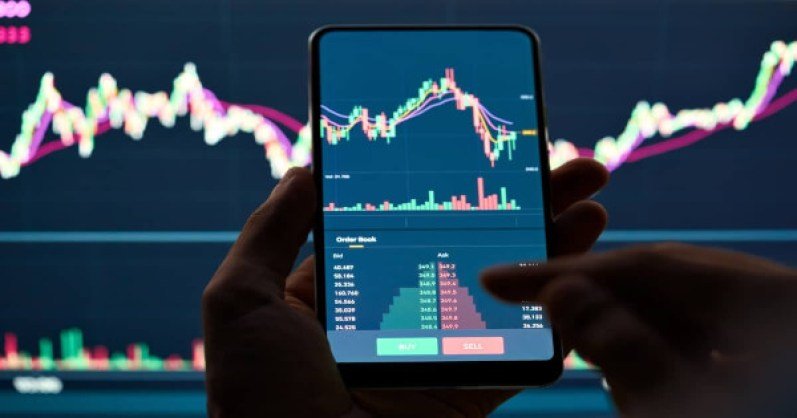TerraForm Labs is determined to unite investors after taking a devastating blow with the collapse of ecosystem tokens LUNA and UST. Continuing to work on this, Terra launched Terra Bridge V2. Meanwhile, Jump Crypto has released its new report on TerraUSD’s divergence from the US dollar. Here are the details of the latest developments for LUNA…
Terra Bridge V2 launched
Terra has launched a new system called Terra Bridge V2 on its Terra Mainnet. Bridge uses Cosmos and Axelar to improve functionality. Cosmos facilitates interoperability among a group of Blockchains, while Axela facilitates universal connectivity for Web3. Terra’s final step in his quest to revive the troubled Terra ecosystem. With that, Do Kwon and his team seem to be working hard to restore the trust of the community, which was severely affected after the collapse of Terra Luna and UST last month. Terra announced the launch of the new system via Twitter.
1/ Terra Bridge V2 is now LIVE on Terra mainnet using @axelarcore & @cosmosibc! 🙌
With V2, users can transfer assets to & from Terra 2.0, Ethereum, Osmosis, Secret, Cosmos, & Juno ↔️https://t.co/iOK7YyISjz
— Terra 🌍 Powered by LUNA 🌕 (@terra_money) June 3, 2022
Terra Bridge V2, users cryptocurrencies It is designed to enable them to transfer their units between various Blockchain networks, including Ethereum, Secret, Cosmos, Osmosis, and Juno. The entities in question are LUNA and LUNC. LUNA is the new coin minted in Terra 2.0 while LUNC is a renamed version of the original Terra token (renamed Luna Classic). As we reported on Cryptokoin.com , the old Terra chain is now also called Terra Classic. While the new development has been welcomed by the wider Terra community, there are still those who feel that Do Kwon and the Terra crew should make an effort to burn LUNC. Terra Bridge V2 uses a different access point for LUNA and LUNC.
Terra Luna Classic (LUNC) burning continues
Terra community members are busy burning LUNC to reduce the circulating supply of the token. Despite the launch of a new chain and new LUNA tokens, Terra investors still feel that the method is not enough to recoup their losses as they continue to desire the burn. Meanwhile, the creation of new LUNA tokens implies that Terra now has two LUNA tokens. One was called LUNA, while the old one was renamed Luna Classic (LUNC).

Currently, the Terra team is focusing on increasing the value of new LUNA tokens to integrate investors without paying too much attention to LUNC. While the Terra community still insists that LUNC must be burned to reduce its current circulating supply of more than 6.5 trillion, Do Kwon, TerraForm Labs founder and CEO, posted a burning address on his Twitter page. Since the community burn initiative for LUNC started, the burn address has been receiving between 20 million and 60 million old LUNA tokens daily, indicating that burning more tokens will take a lot of work and determination. According to data from popular blockchain explorer Bitquery, the Terra community has burned more than 650 million LUNCs since the initiative’s launch, which is nothing compared to the token’s total supply of over 6.5 trillion.
Jump Crypto’s report details the crash
Jump Crypto, the crypto-specific arm of Jump Trading, analyzing the early stages of TerraUSD (UST) divergence from the US dollar published a report. The company found that it was a small group of whales that triggered the UST’s initial price drop. According to the report, the divergence from the US dollar started on Saturday, May 7, with a “critical string of transactions” in the UST/3CRV pool. In a 75-minute timeframe, Terraform Labs (TFL) pulled $250 million of UST liquidity from the pool.

Two unknown whale addresses at this time sold UST for $185 million USDC. As a result of the transactions, the liquidity in the pool hit the bottom. Meanwhile, one of the whales involved in the transactions in question transferred $108 million UST to Binance, the largest cryptocurrency exchange by trading volume. The timing of this transfer was pretty bad given the bottoming liquidity. According to the report, one of the things that triggered the collapse was the massive withdrawals made on the Terra-based Anchor Protocol. Jump reports that the UST’s “big exits” were detected to be diverging from the Anchor Protocol on Saturday night, May 7, and again late on Monday morning, May 9.







